This article was adapted from an article by Julian Agyeman [i]. A professional ecologist’s view of “ecology” is not necessarily the same as a regular inhabitant of the city. This is especially true in cities full of difference, and the various points of view that result from such difference. What does this mean for urban planning?
Cities of difference are places where we are “in the presence of otherness”, as Sennett puts it—namely, our increasingly different, diverse, and culturally heterogeneous urban areas.[ii] Difference is, in my opinion, a more expansive and useful concept than diversity, which has become virtually synonymous, in the United States at least, with race/ethnicity, and/or gender. Sandercock points out that “Difference . . . takes many forms. It acknowledges that population groups, differentiated by criteria of age, gender, class, dis/ability, ethnicity, sexual preference, culture, and religion, have different claims on the city for a full life and, in particular, on the built environment”.[iii]
In the first part of this series of difference and nature in cities, we looked specifically at gender. This current part focuses on the complexity and dynamism of difference—how the multitude of realities in which people re/create identities, meanings, and values produce, perceive, and experience urban nature differently. No one person can be reduced to one single or fixed cultural or other form of identity, and all, as Sandercock says, “have different claims on the city” and a Right to the City, including its nature(s). People in increasingly diverse urban communities construct and understand urban nature in different ways for varying reasons.
This article uses four vignettes—two from the UK and two from the USA—to show how nature in cities is perceived in different ways.
Vignette 1
In the early 1980s, the parks department of the city of Bristol in southwest England was persuaded by the local wildlife trust to develop wildflower meadows in city parks, which like most parks were dominated by hard-wearing, close-mown, multipurpose ryegrass. The parks department obliged, applying an appropriate management regimen and, within a few seasons, had beautiful native wildflower swards replete with a rich fauna towering above the ryegrass. The wildlife trust and most of the public liked it, except for the local Asian and African Caribbean population, who refused to go near the long grass.
Why was this? It was because of a residual fear of snakes in long grass. An environmentally and ecologically beneficial management regime had negative effects on the cultural diversity of the park. This dilemma is supported by Low, Taplin, and Scheld’s point that: “In this new century, we are facing a different kind of threat to public space—not one of disuse, but of patterns of design and management that exclude some people and reduce social and cultural diversity”.[iv]

There are many ways of looking at this issue. One is to say what if a member of the local wildlife trust or the park’s management team was Asian or African Caribbean? Would alarm bells have been raised? Another way is to say that there is only one venomous snake in the United Kingdom, the Adder (Vipera berus), and its venom is rarely life-threatening (but this misses the point that snakes are deeply imbued with mythological traits). Another way is to say that perhaps there is no “answer”, but that someone should have thought to ask the right questions.
Vignette 2


In the mid- to late 1980s, I was working as an environmental education adviser, first in a south, then in a north London borough. While some of the schools in these boroughs wanted advice on creating “nature gardens” using native species, which they had been told by ecologists were “better” for wildlife, others wanted advice on creating what I called “multicultural” or “world” gardens in which teachers and parents were intentional in selecting plant species from the diverse countries of origin of pupils in the school. The London Borough of Southwark developed Chumleigh Multicultural Garden in Burgess Park and the London Borough of Lewisham produced a guide on plants for a multicultural garden.[v]
These gardens were in effect autotopographies: cultural and community inscriptions on the cityscape that offered a statement of presence, of recognition, that both humans and nature(s) in cities are becoming increasingly different, diverse, and cosmopolitan, and are welcome.

Vignette 3
In a challenge to the clarion call from alternative food movement (AFM) advocates to “buy and grow local”, Filipino immigrants in San Diego, California, see their food as local food. They cook it at home and eat it in local restaurants.[vi] This demonstration of “translocalism”, which is also in evidence when they cultivate their fruit and vegetable gardens in city neighborhoods, ruptures the dominant, geographic notion of “local food” and highlights the need for greater reflexivity within the AFM. Similarly, Mares and Peña use two predominantly Latino/a urban community garden projects—the now-defunct South Central Farm (SCF) in Los Angeles and Puget Sound Urban Farmers (now the Seattle Urban Farm Company)—to analyze how food and farming can connect growers to local and extra-local landscapes, creating an “autotopography” that links their life experiences to a deep sense of place.[vii] In effect, they are writing their cultural stories on the land—or cityscape. This is a type of cultural place-making through the growth and celebration of culturally appropriate foods. Mares and Peña report that one gardener at the SCF, a thirty-year-old Zapotec woman, described her involvement at the farm in the following way:
“I planted this garden because it is a little space like home. I grow the same plants that I had back in my garden in Oaxaca. We can eat like we ate at home and this makes us feel like ourselves. It allows us to keep a part of who we are after coming to the United States”.[viii]


Vignette 4
Lanfer and Taylor write about Latino/a immigrants in Boston, Massachusetts, who transform public spaces into familiar landscapes found in their home countries. One group has adopted Herter Park on the Charles River in Boston’s Allston-Brighton neighborhood because it reminds them of the riverbanks and the willow trees they left behind in Guatemala. Lanfer and Taylor quote one Guatemalan American as saying:
“I think one of the reasons that that place . . . is so popular with us, Latinos, is because of the willows. Willows in Guatemala are very common. They grow beside rivers. People like Herter Park because it looks like home”.[ix]
This construction of nature, typical of immigrant groups, can be characterized as nature as refuge.
These vignettes are important because they problematize the dominant, often expert-imposed monolithic notion of nature, as opposed to a more negotiated and constructed notion of natures. They illustrate two ends of a continuum containing many different constructions of nature and the related concept of “the local”.
So if nature is quite literally in the eye of the beholder, how then is nature critical to a twenty-first-century urban ethic where we live in cities of difference—in effect, intercultural city ecosystems? Every culture has a relation to nature in general, and urban nature specifically. Some want the solitude it can offer, some want the socialization; some want recreation, some want relaxation; some want reflection, some want refuge.
Furthermore, what is the role of municipal planners, parks managers, urban and landscape designers, and others in catering to difference and diversity, to recognition and negotiation, to the intercultural city ecosystem/new ecology, while still respecting the traditional ecology? Can they help us think about, design, and manage what I call “culturally inclusive spaces”—spaces of encounter with different people/natures?[x] Can such spaces be designed and constructed to have meaning and authenticity to the multiple publics that inhabit intercultural city ecosystems? There is a solid case to be made that the training and recruitment of such professionals should more fully reflect the makeup of our cities of difference. This would help speed the production, quality, and maintenance of culturally inclusive spaces, and, critically, the embedding and ultimately the mainstreaming of culturally inclusive practice within those professions.
Julian Agyeman
Medford
Adapted by Laura Shillington
Managua & Montréal
[i] This article was adapted from J. Agyeman, Entering Cosmopolis: Crossingover, Hybridity, Conciliation and the Intercultural City Ecosystem, Minding Nature, 7 (2014): 20-26. The original can be found here: https://www.humansandnature.org/entering-cosmopolis-crossingover-hybridity-conciliation-and-the-intercultural-city-ecosystem-by-julian-agyeman
[ii] R. Fincher and J. Jacobs, Cities of Difference (New York: Guilford Press, 1998); R. Sennett, The Conscience of the Eye: The Design and Social Life of Cities (New York: Knopf, 1990), 123.
[iii] . L. Sandercock, “When Strangers Become Neighbors: Managing Cities of Difference,” Journal of Planning Theory and Practice 1, no. 1 (2000): 13-20.
[iv] S. Low, D. Taplin, and S. Scheld, Rethinking Urban Parks: Public Space and Cultural Diversity (Austin: University of Texas, 2005), 1.
[v] See London Borough of Southwark, Chumleigh Gardens: The Multicultural Gardens in Burgess Park (London: London Borough of Southwark, 1995); and M. Prime, Plants for a Multicultural Garden (London: London Borough of Lewisham, 1993).
[vi] J.M. Valiente-Neighbours, “Mobility, Embodiment, and Scales: Filipino Immigrant Perspectives on Local Food,” Agriculture and Human Values 29 (2012): 531-41.
[vii] T. Mares and D. Peña, “Environmental and Food Justice: Toward Local, Slow and Deep Food Systems,” in Cultivating Food Justice: Race, Class and Sustainability, ed. A. Alkon and J. Agyeman (Cambridge, MA: MIT, 2011), 197-219.
[viii] Ibid., 209.
[ix] A. Lanfer and M. Taylor, Immigrant Engagement in Public Open Space: Strategies for New Boston (Boston, MA: Barr Foundation, 2005), 5.
[x] J. Agyeman, Introducing Just Sustainabilities: Policy, Planning and Practice (London: Zed Books, 2013).

about the writer
Laura Shillington
Laura Shillington is faculty in the Department of Geoscience and the Social Science Methods Programme at John Abbott College (Montréal). She is also a Research Associate at the Loyola Sustainability Research Centre, Concordia University (Montréal).





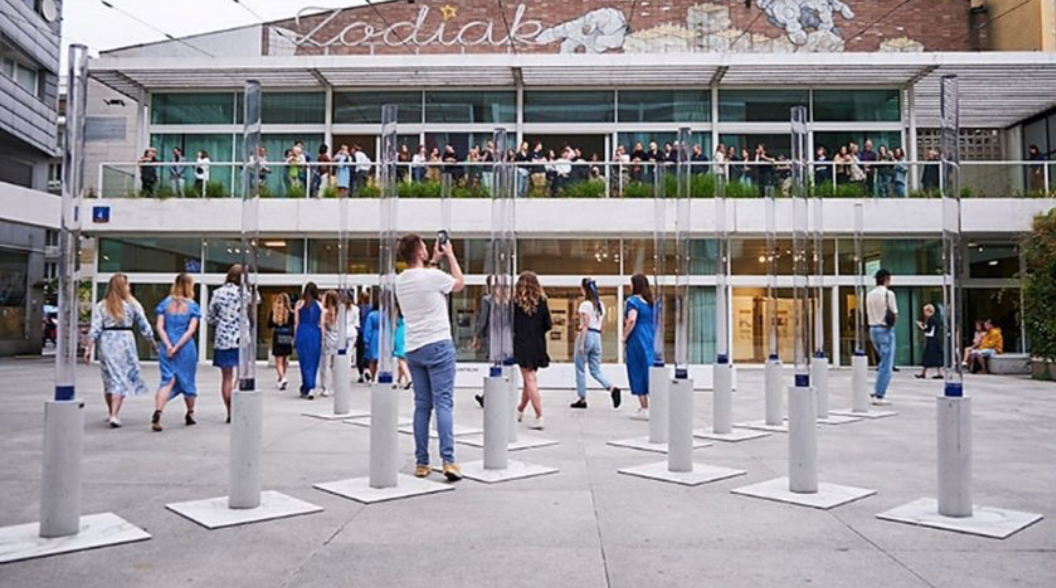
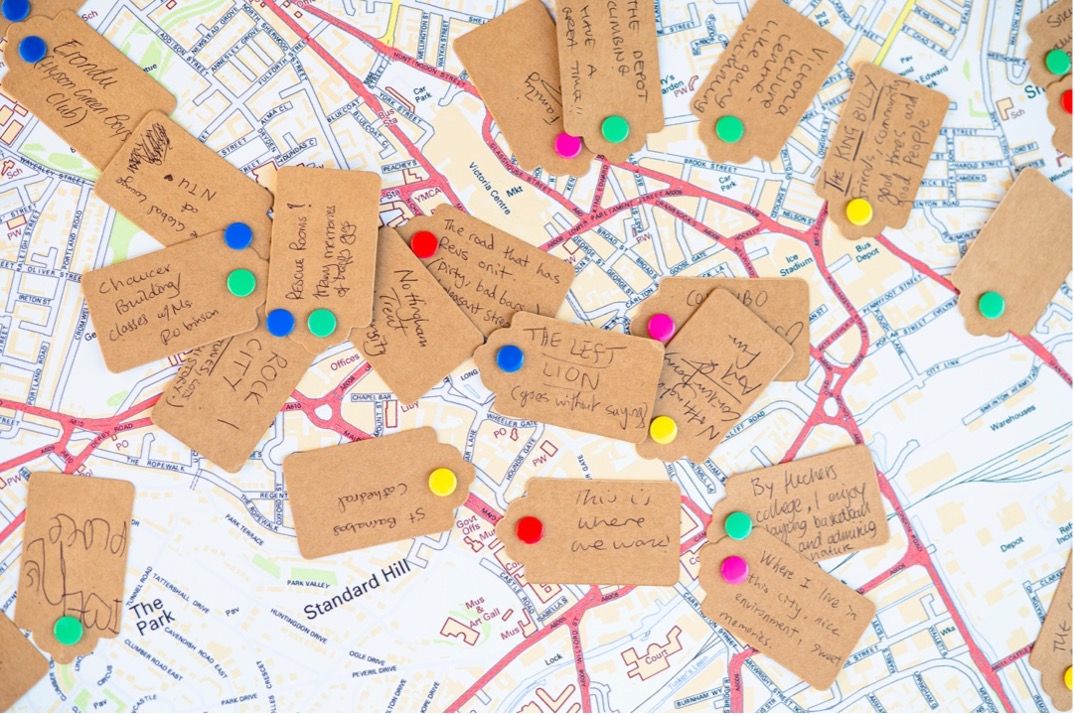

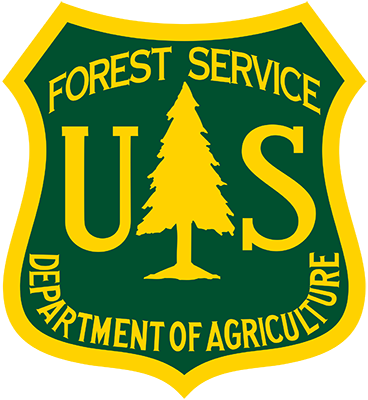

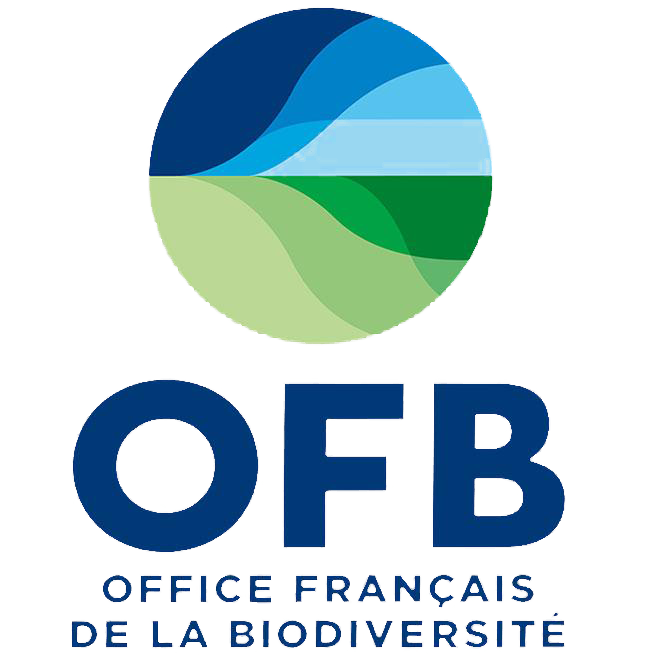



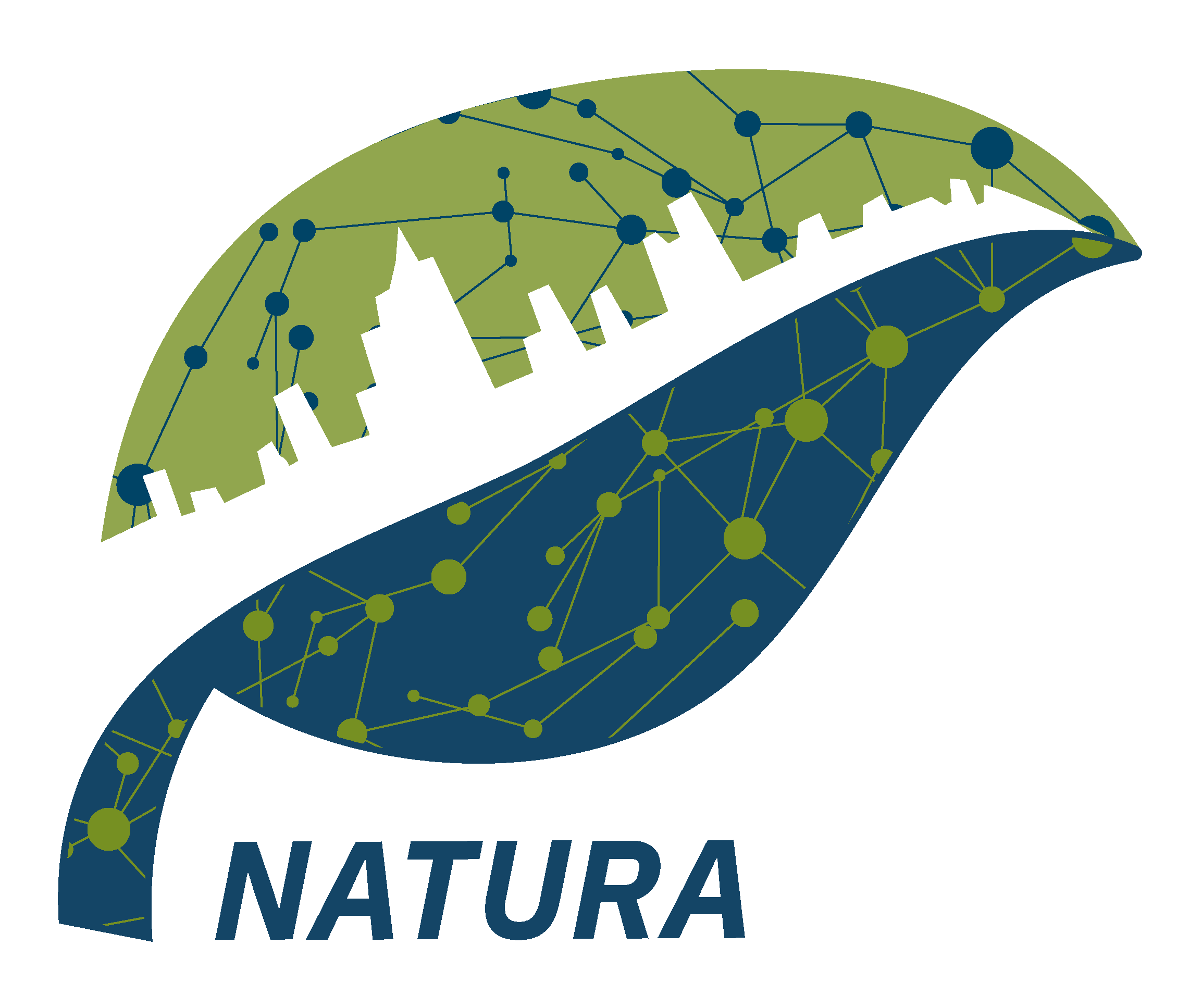
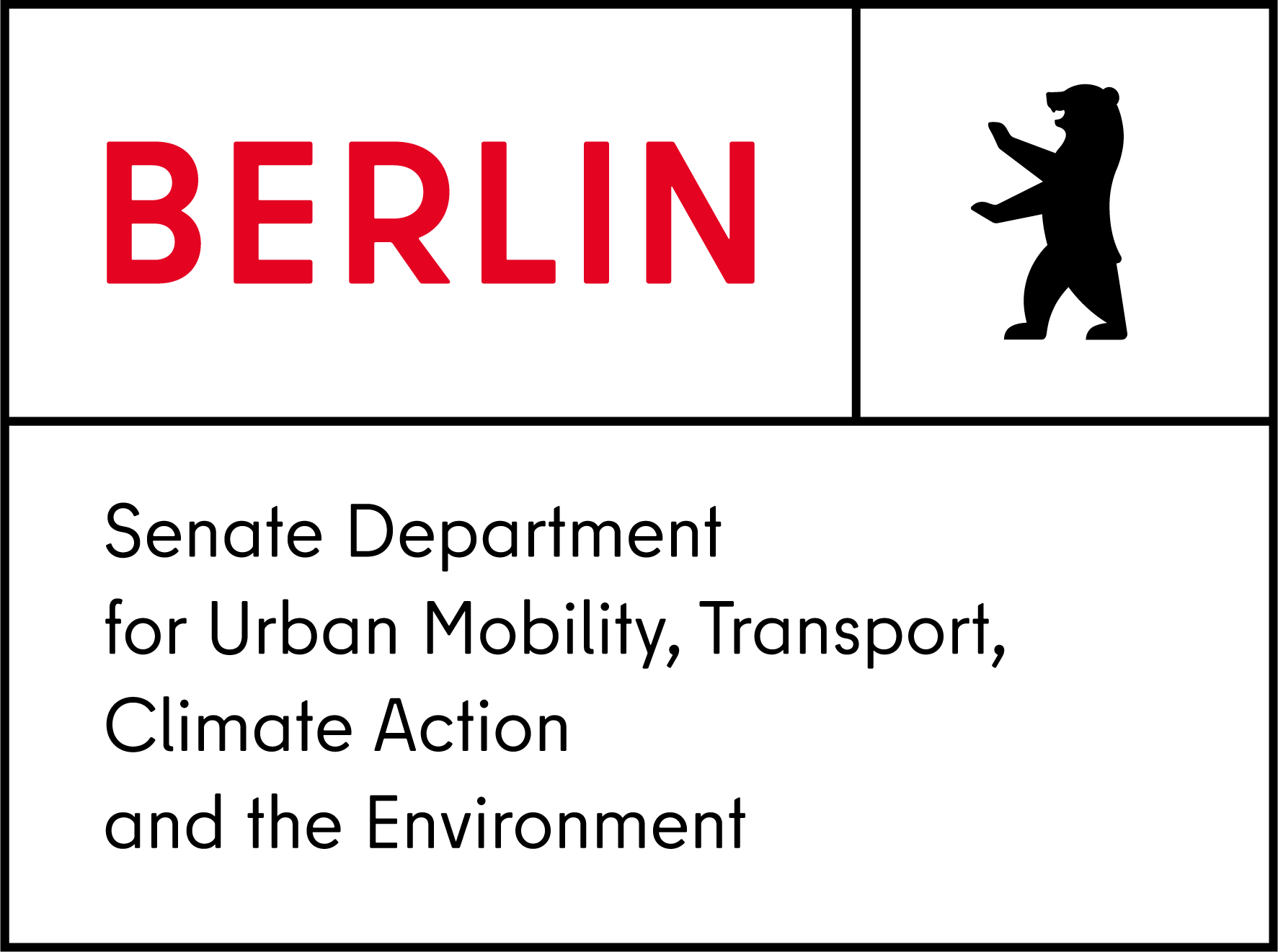
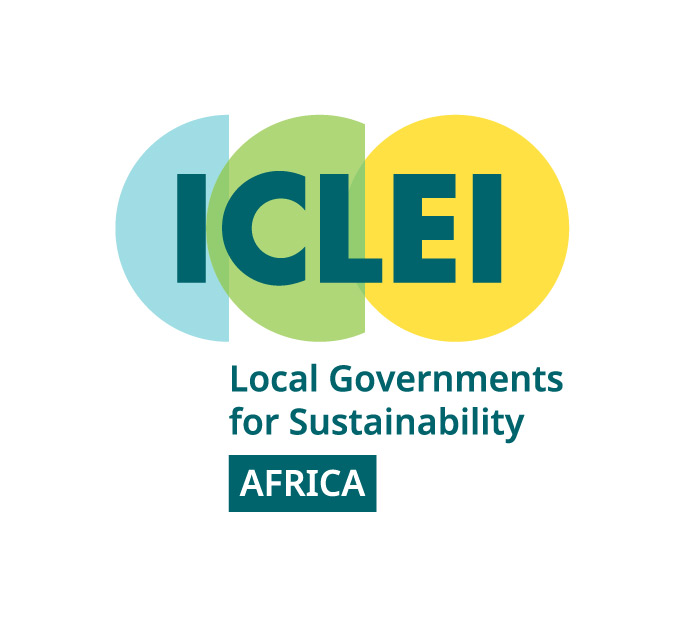
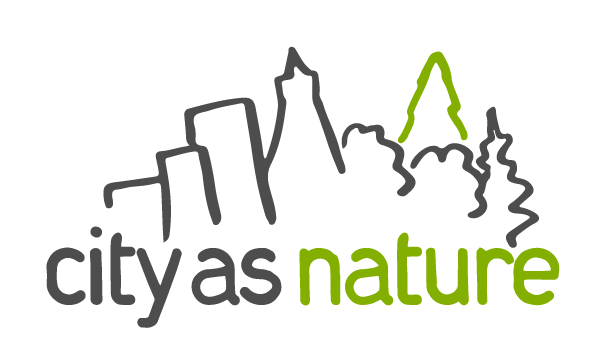
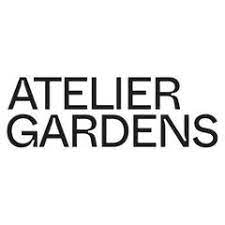



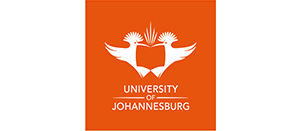




Leave a Reply